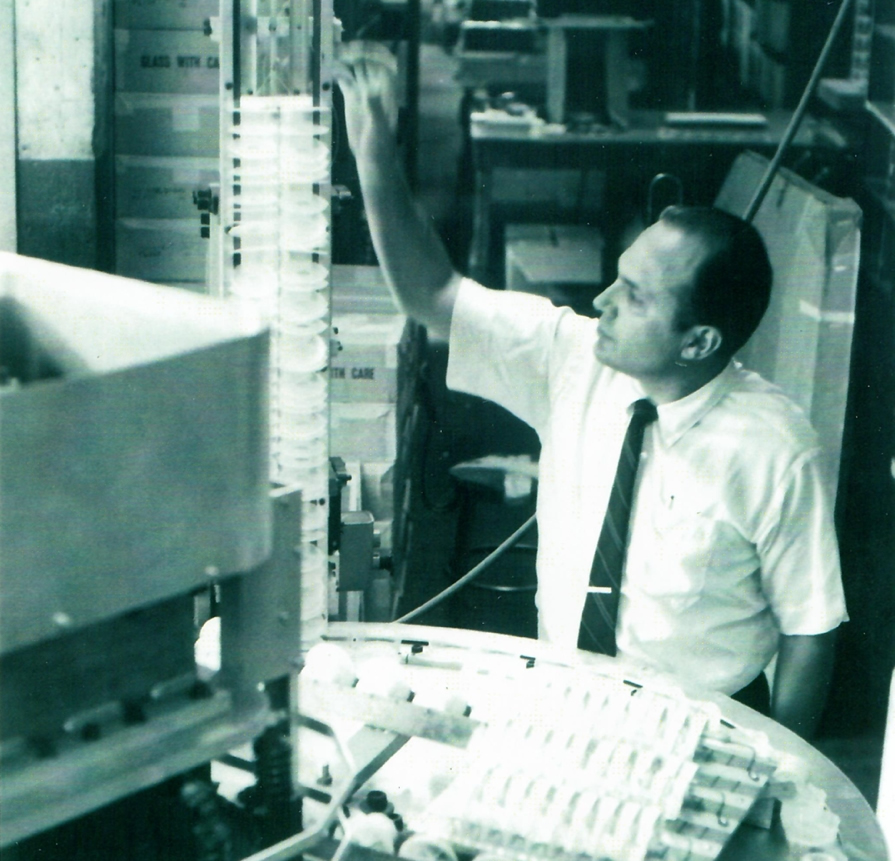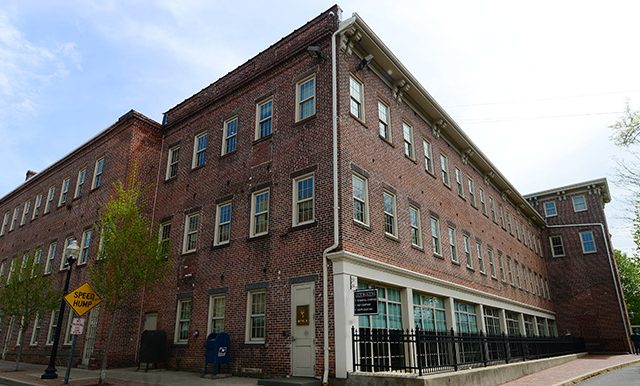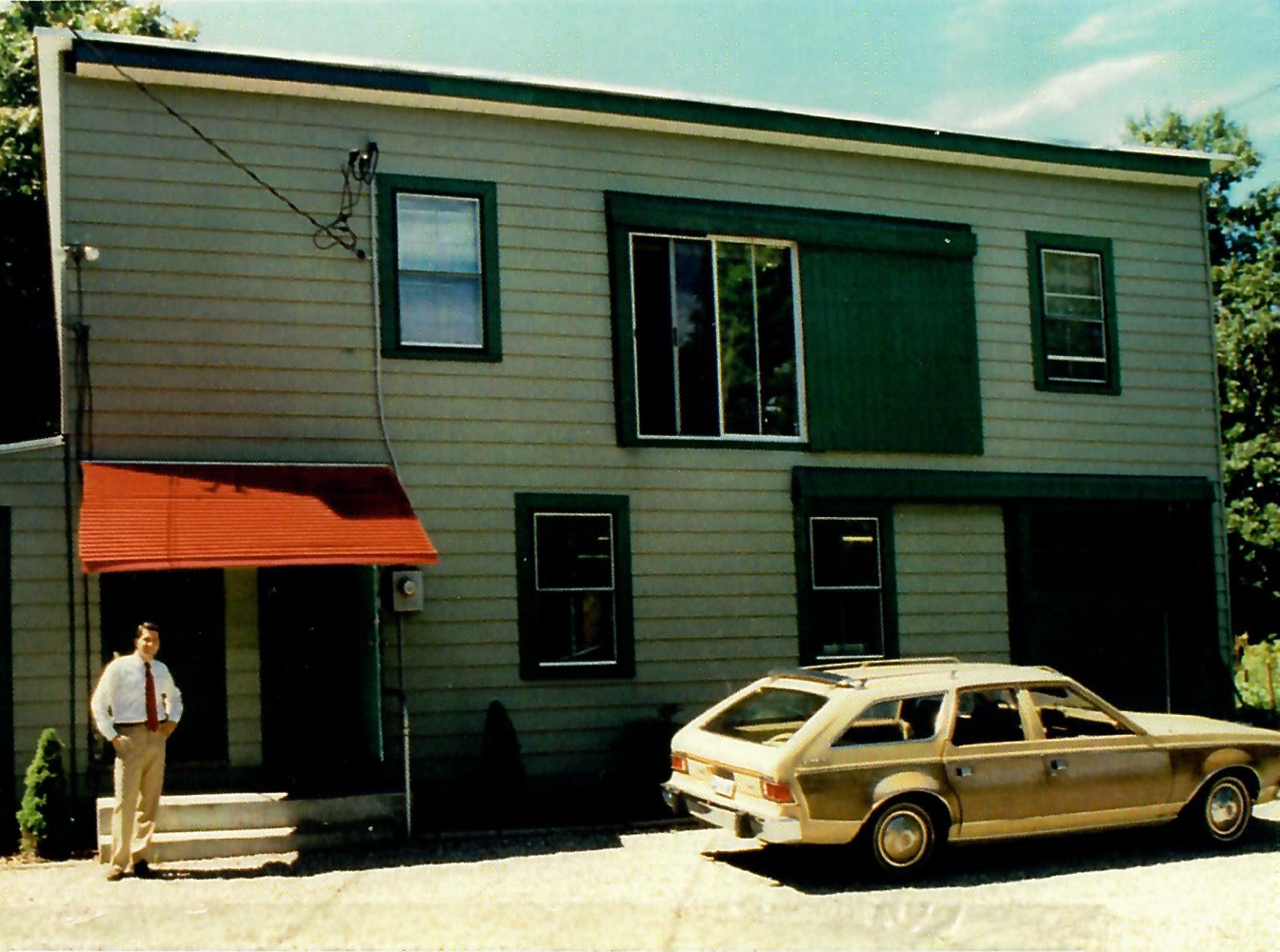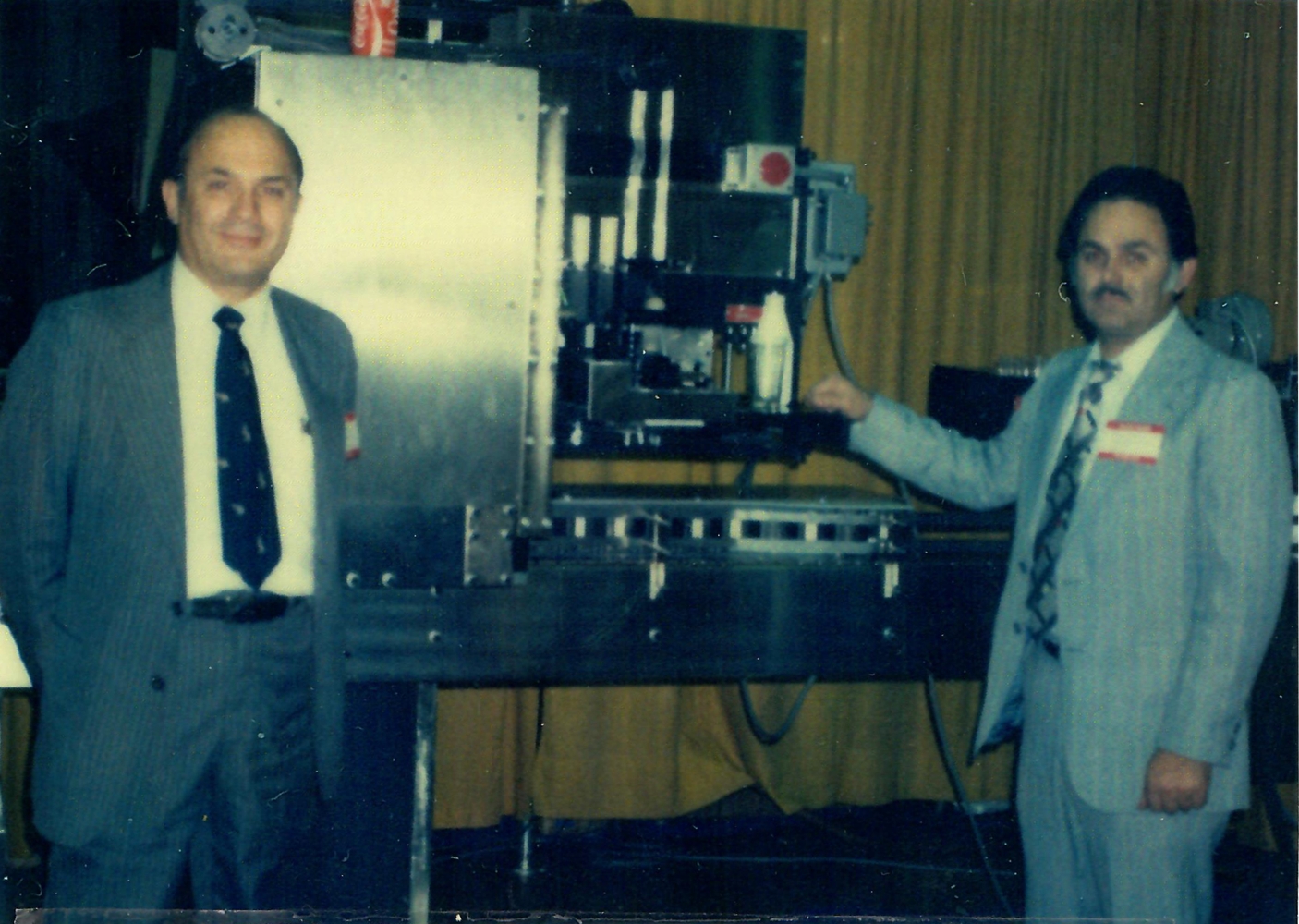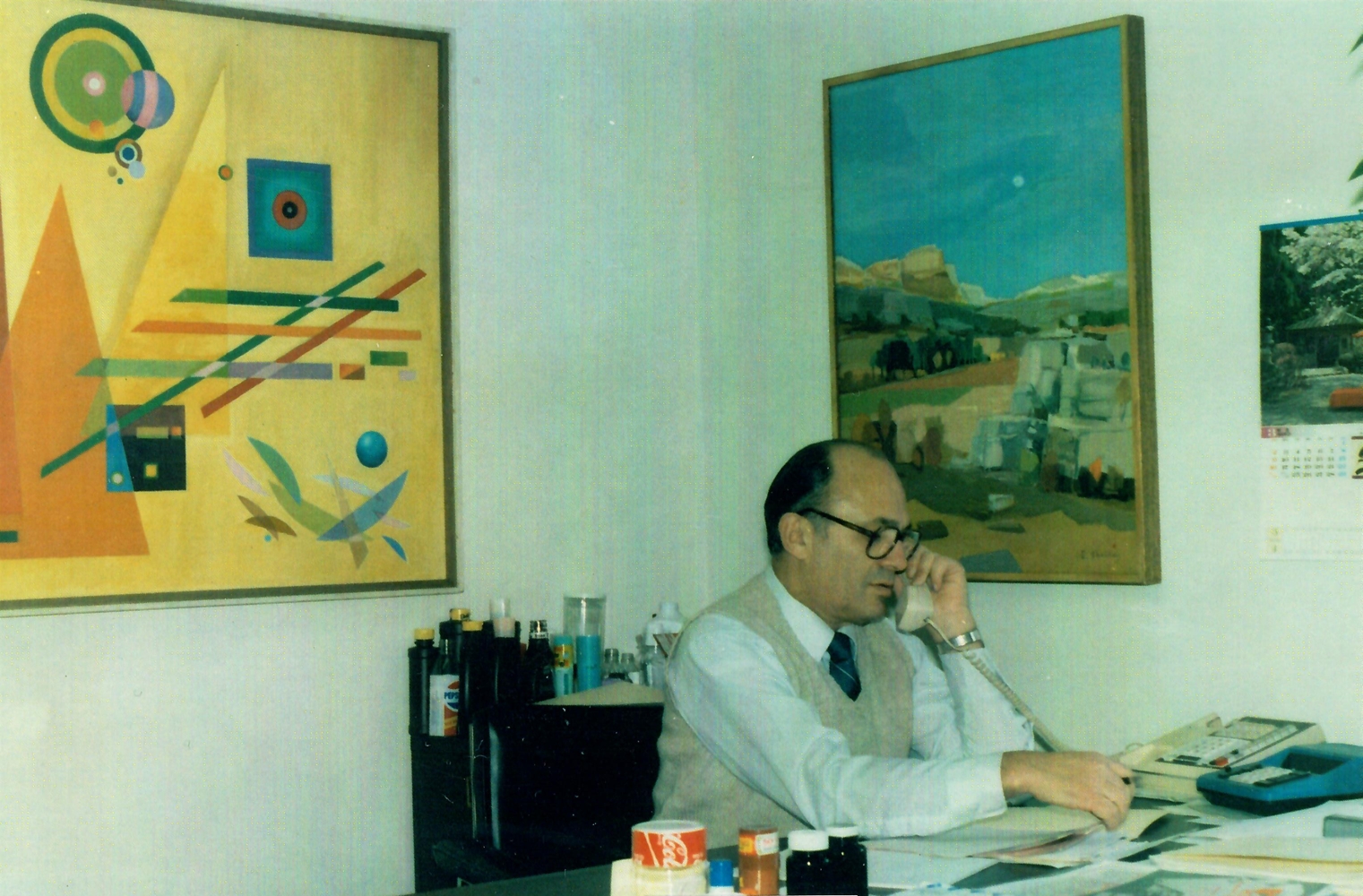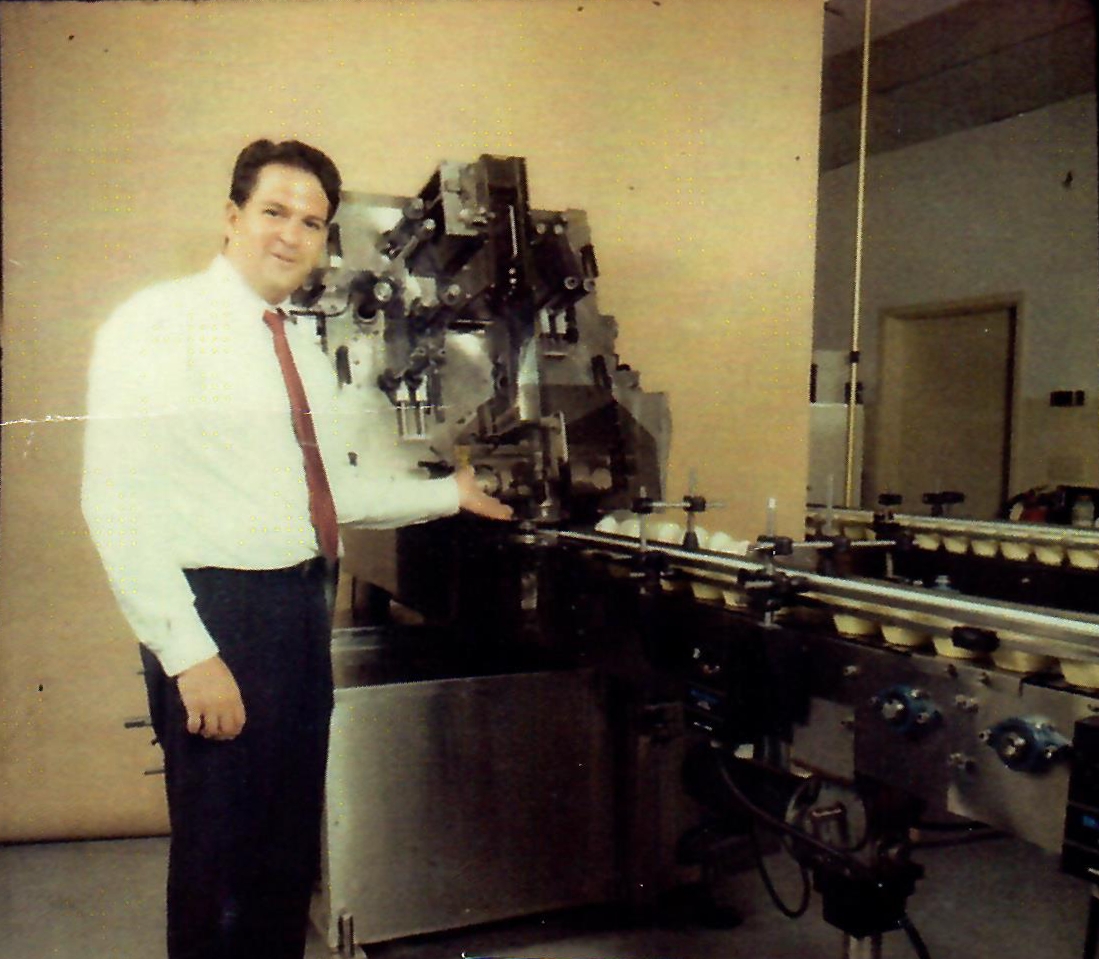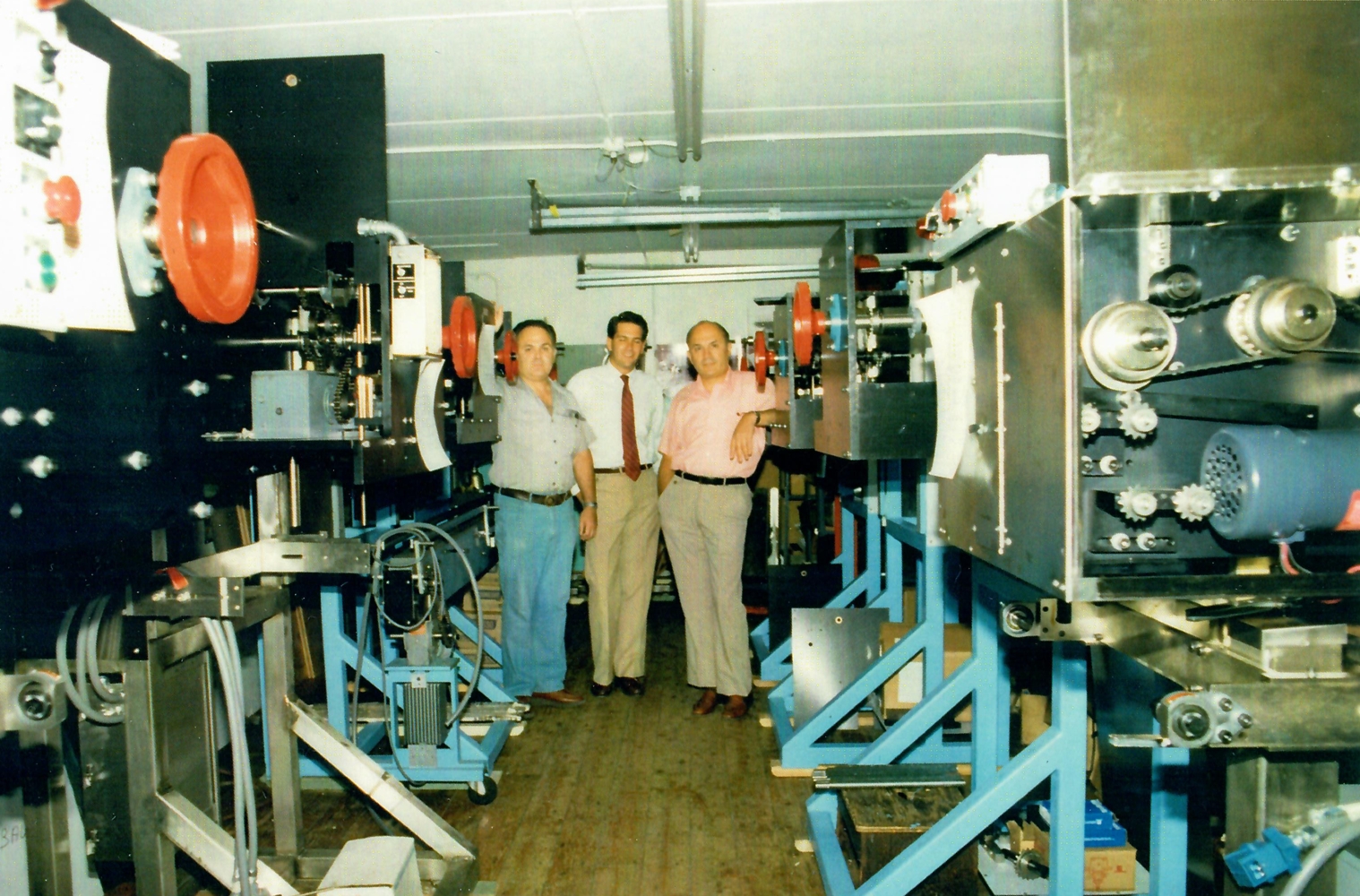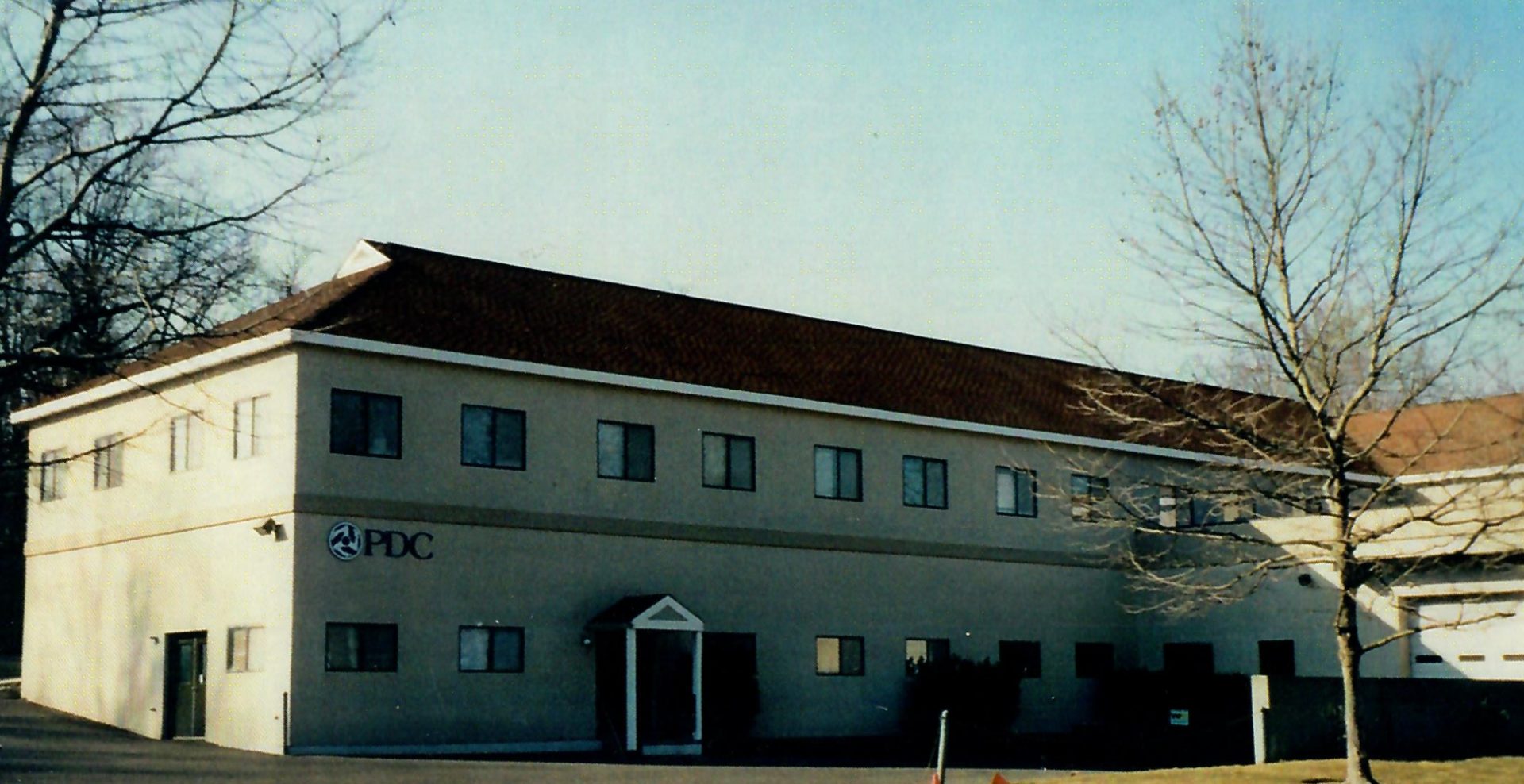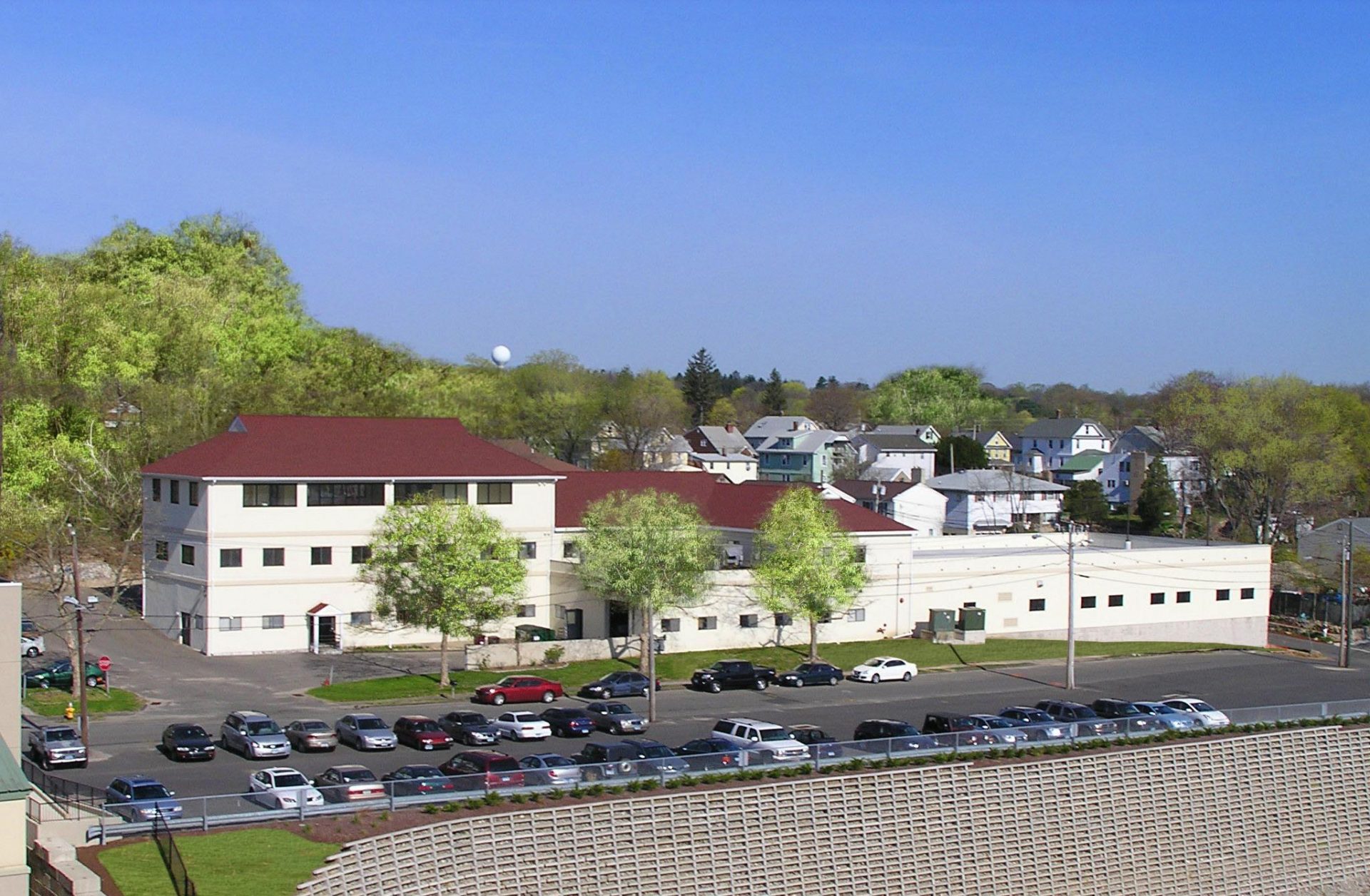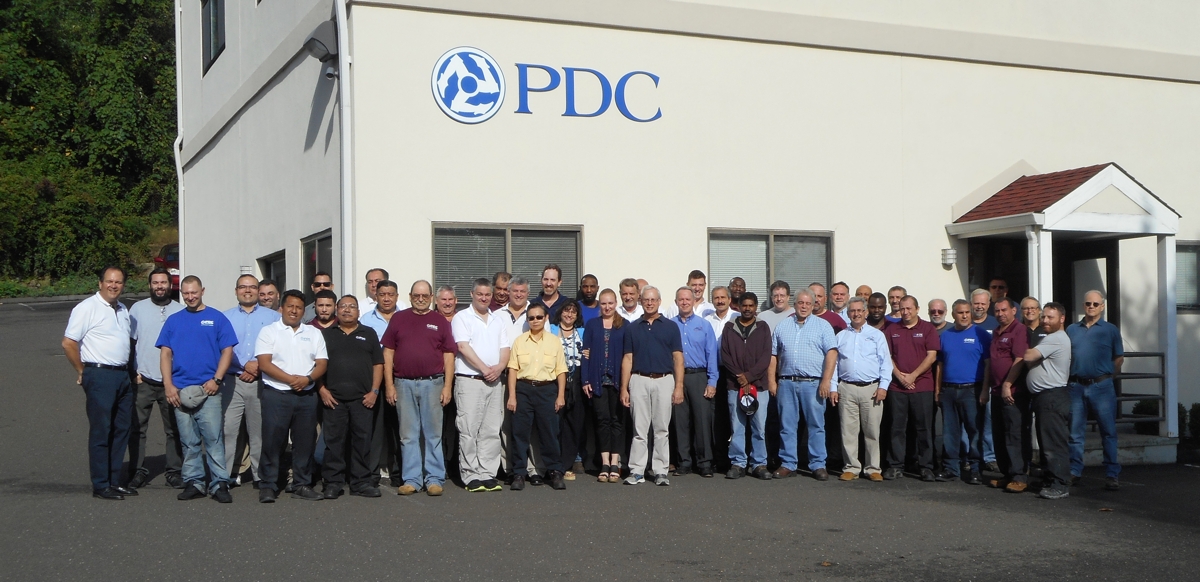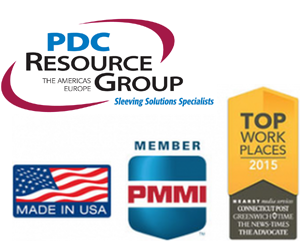The history of PDC is a classic story of the American Dream: immigrant brothers arrive in the United States after World War II as “Displaced Persons”, with only the clothes on their back. After working their way through school and entry level jobs, a small company is born, which then thrives for the next 50 years. That is the story of PDC and why the company, at its heart, is a microcosm of the great nation in which we live. An extended family of every race and culture, a family which includes our many long-term customers.
PDC’s founder, Anatole Konstantin, after fleeing postwar Eastern Europe, graduated from the Technical University of Munich. Then once in the United States, earned a graduate degree from Columbia University. Anatole Konstantin’s Memoirs, A Red Boyhood – Growing Up Under Stalin, and Through the Eyes of an Immigrant. You may purchase these books here.



